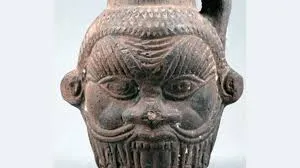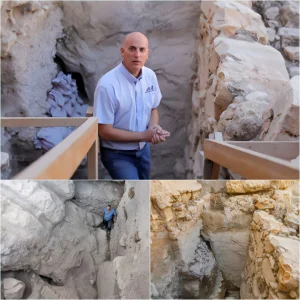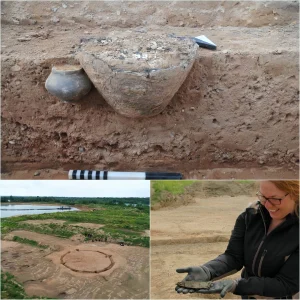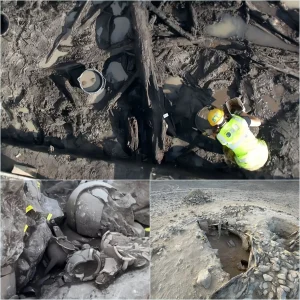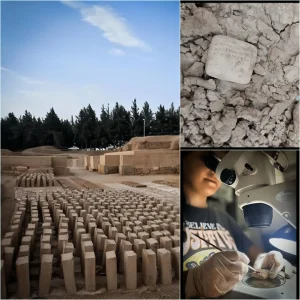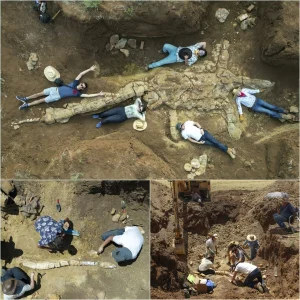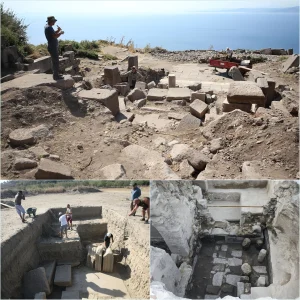Many cups and vessels were crafted in the likeness of Bes’s head, with the belief that the liquids they contained possessed healing properties. According to a preprint study published on Research Square, residues from a Bes vessel dating back to the second century BCE, during the Ptolemaic dynasty (which may ring familiar as Cleopatra was its last queen), revealed traces of hallucinogenic plants.
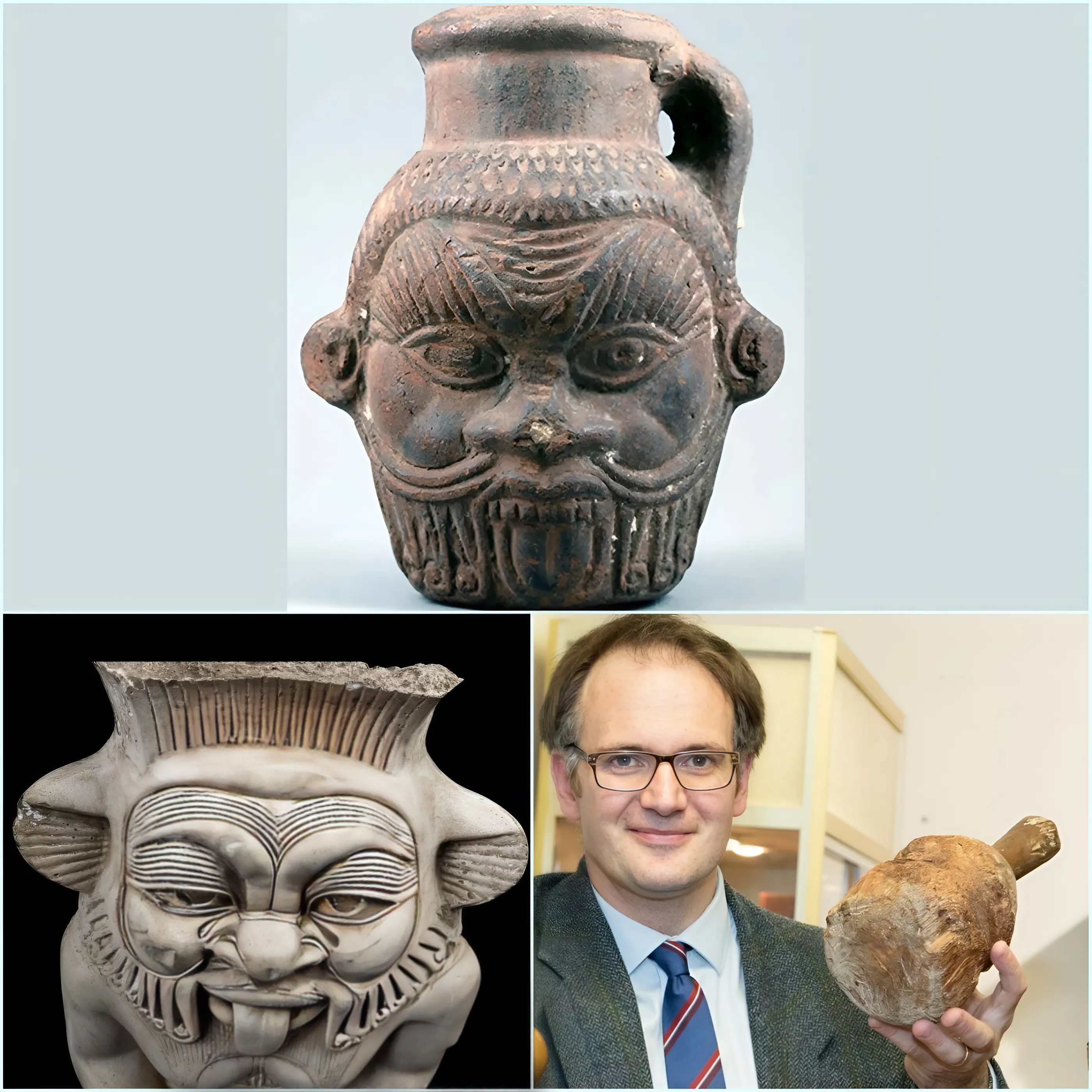
Researchers from Florida and Italy began their investigation by analyzing the DNA extracted from a vase housed at the Tampa Museum of Art. This artifact entered the museum’s collection in 1984 from a private acquisition, having been purchased in Cairo in 1960. It was discovered in the Fayum district, renowned for its fertile agricultural land.
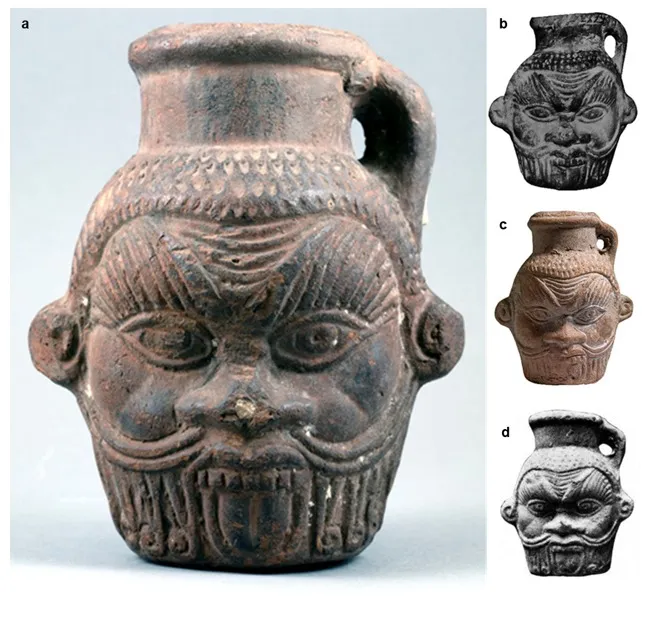
Within the vase, the researchers detected remnants of two intriguing plants: Syrian rue, known for its stimulating and hallucinogenic effects at low doses, and blue water lily, historically used in traditional medicine to alleviate issues such as sleep deprivation and anxiety, owing to its psychoactive properties.
